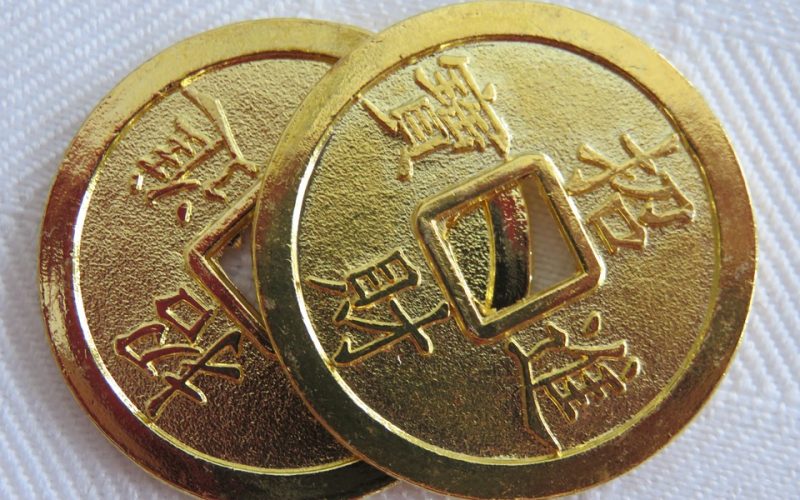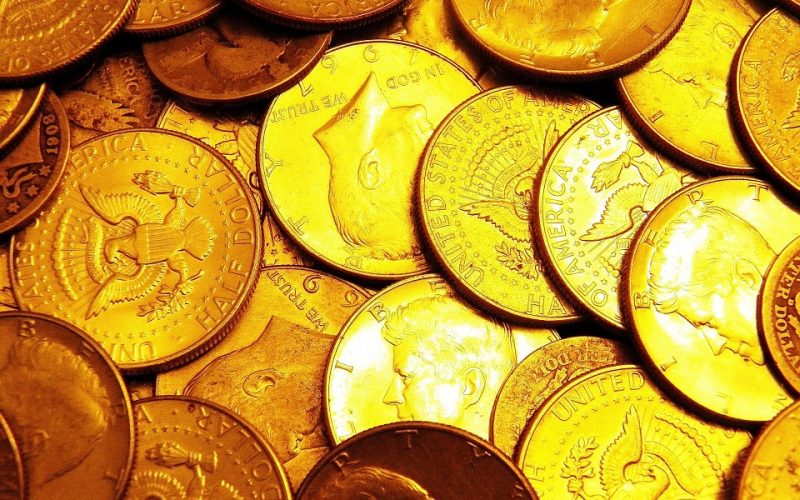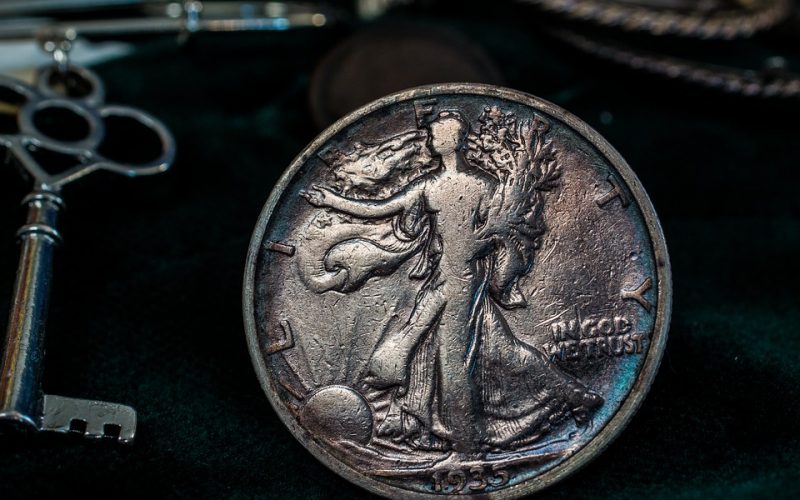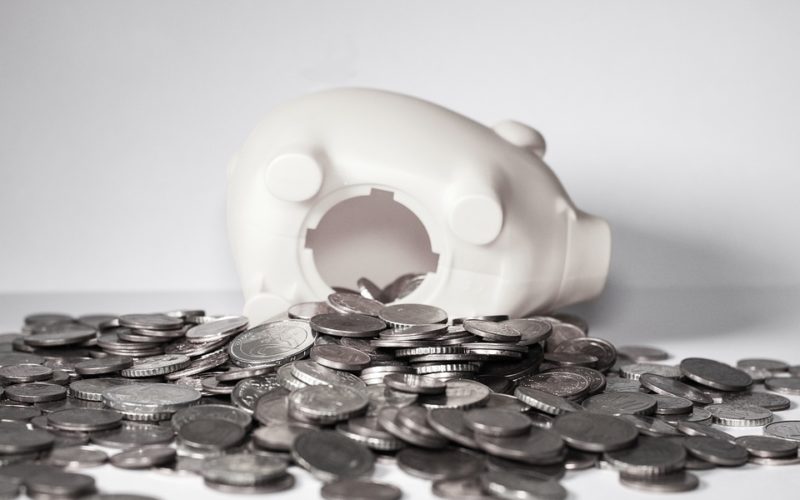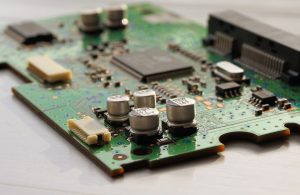The Wonder of Modern Coin Creation
When coins are made, metal is placed into a mold to create the coin. At that time, many of the mints also stamp the design on both faces of the coin. It pops out of the minting machine in its final form, and government employees check for mistakes before the coins are issued. The technology of coin creation has been part of mankind’s knowledge since ancient times, and little has changed until recently.
In 2012, Latvia issues one of the most unique coins ever minted in the world. It was made to commemorate the sesquicentennial anniversary of the University of Riga and it contains two very different and unique qualities. While it is square, this is not its most unusual feature because it can be taken apart into two triangular pieces. Few coins have been minted in this fashion, so the ability to break the coin down into separate components is considered unique.
While the physical structure of the coin has its own unique attribute, the design on the face is what makes it really stand out. Rather than simply stamping a design on it, Latvia managed to get a hologram on their coin. When moved to catch the light at different angles, the years 1862 and 2012 alternate. These are the dates of the founding of the university and the date the coin was issued.
Every country wants its own coins to stand out and be valued by its own people as well as those who collect coins around the world. Designers are often hired to help mint unique coins that will impress upon everyone the important facets of life in that country, and they have come up with many new coin faces that are considered unique by serious collectors as well as hobbyists across the globe.
